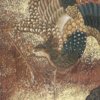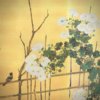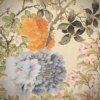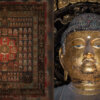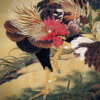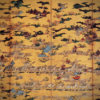Takamori Saigan: Nanga Painter Who Was Active in the Meiji to Taishō Eras and Called “Nobleman on Street”
Ospreys
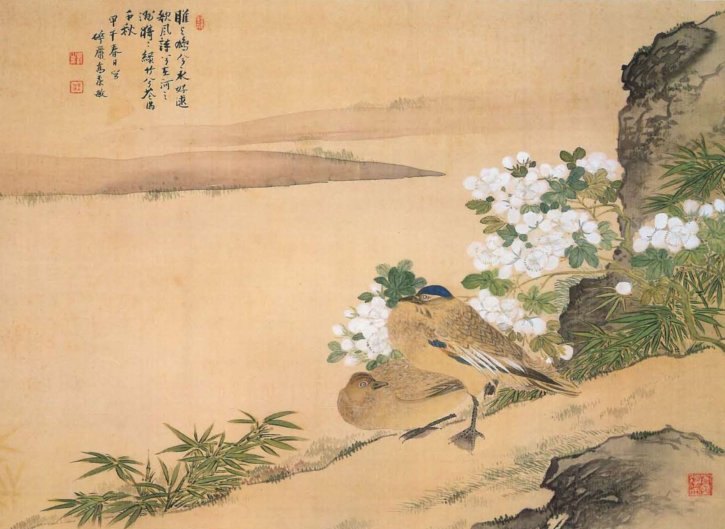
Takamori Saigan was born in Chiba Prefecture in 1847. He had been fond of painting since he was an infant and he started to study Nanga paintings under Yamamoto Kinkoku who was a disciple of Watanabe Kazan when Saigan was around 17 years old. Although Saigan studied Nanga under Kinkoku, he also did famous works in history and masterpieces of painting in China on his own. Furthermore, he devoted himself to Yosa Buson and developed his own world. He drew all of landscapes, people, and flower-and-bird. Especially, he was good at landscape painting and left so many unique works. Although he founded the Tokyo Nanga Association together with Kawamura Ukoku, Masuzu Shunnan, Watanabe Kaseki, and others in 1895, he did not seem to like activities in the artists’ society so much. Takamori Saigan was called “Nobleman on street” while Kodama Katei was described as “Man of noble character in a mountain”. He passed away in 1917 at the age of 71.
This picture was drawn with a close-up view depiction that Takamori Saigan rarely used in his works, which may remind us of something like Western-style paintings in the Edo period. The composition is completely diagonal, and the rock, flowers, and ospreys are expressed clearly, which looks a typical manner of the modern man. The charming brushstroke to depict the sandbar in the distant view brings about some allowances and depths in the screen so that they can be harmonized with the clear depiction of the near view. Saigan, as mentioned above, while depicting the richly unique world of landscape, left some fine works in these flower-and-bird paintings.

